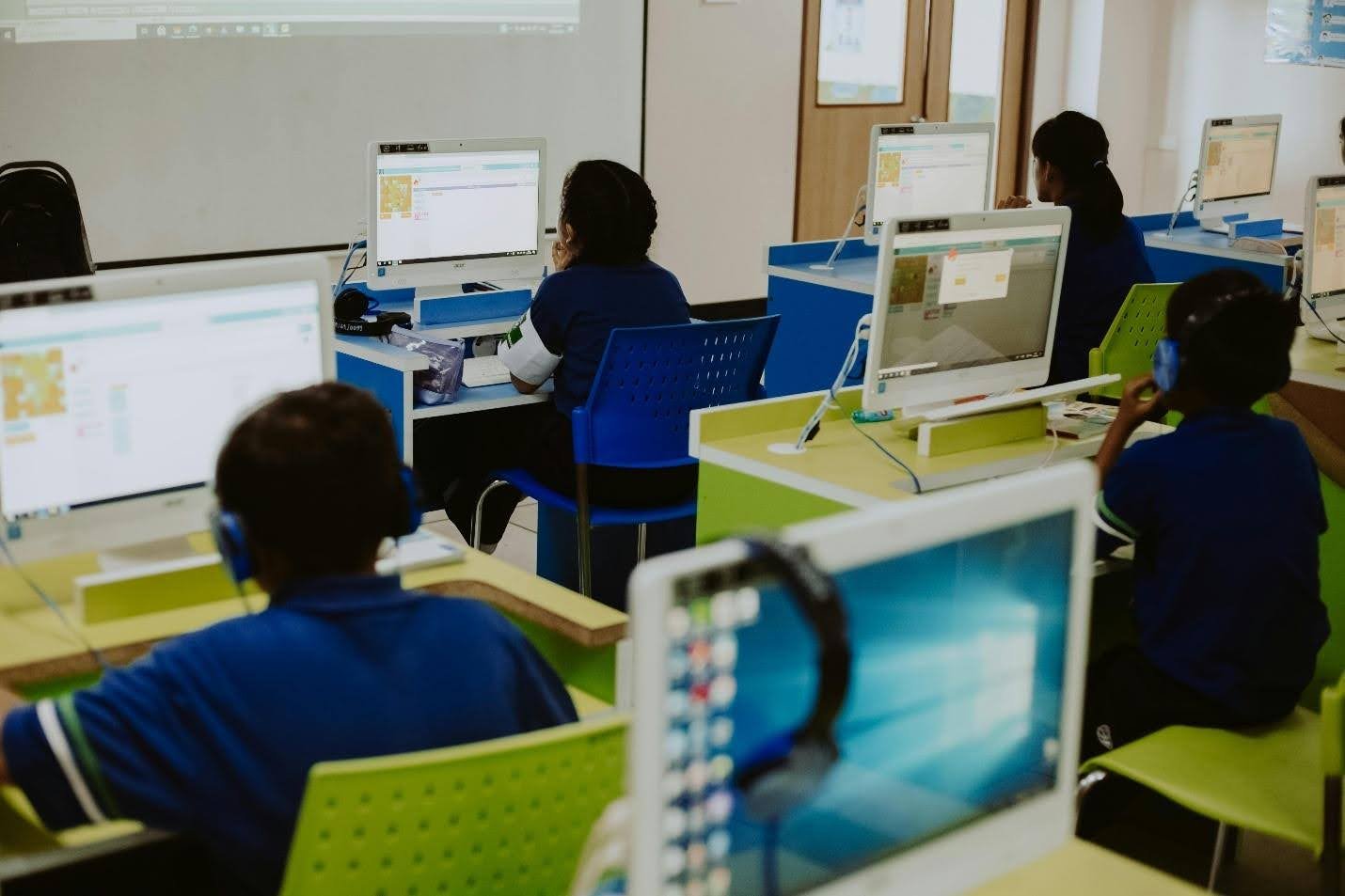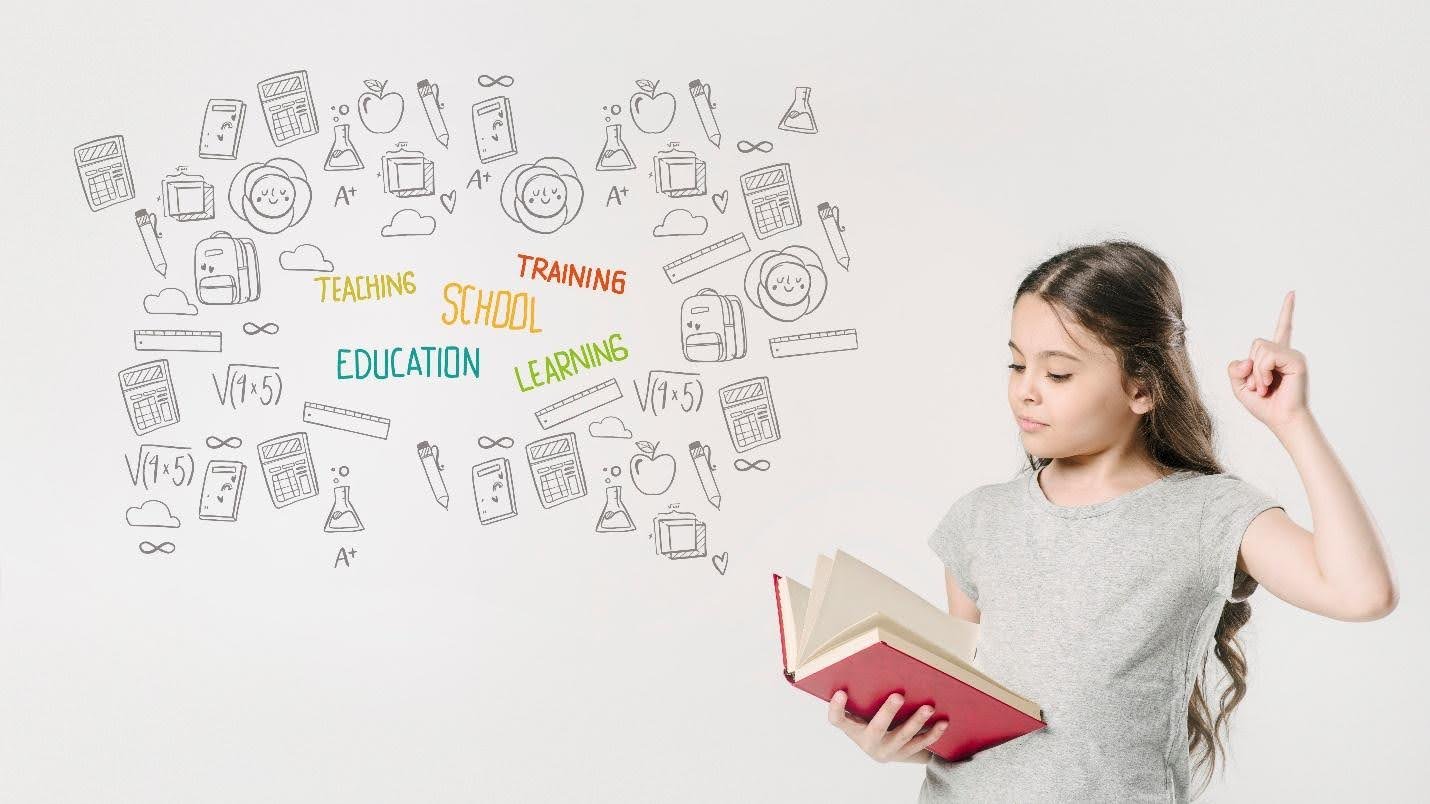How to Improve the Education System in Pakistan

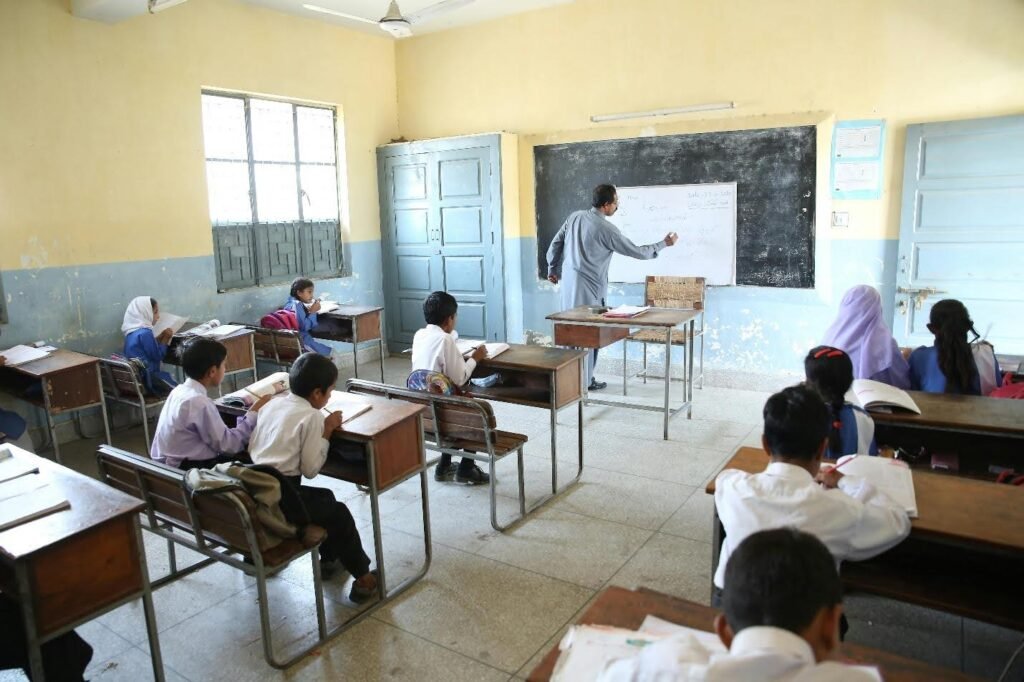
1. Harnessing Adequate Funding & Public-Private Synergies
Pakistan invests only 2–2.5% of its GDP in education—far below the UNESCO recommended 4–6%. This underinvestment limits infrastructure development, teacher salaries, and learning resources.
Initiatives like the Benazir Income Support Programme (BISP) offer stipends to low-income families, helping increase school enrollment. Likewise, Punjab Education Foundation (PEF) and Sindh Education Foundation (SEF) use public-private partnerships to improve quality and access.
Action Point: Increase education budget, expand PPP models, and ensure transparent budget oversight to avoid issues like ghost schools.
2. Revamping the Curriculum: From Rote to Relevance
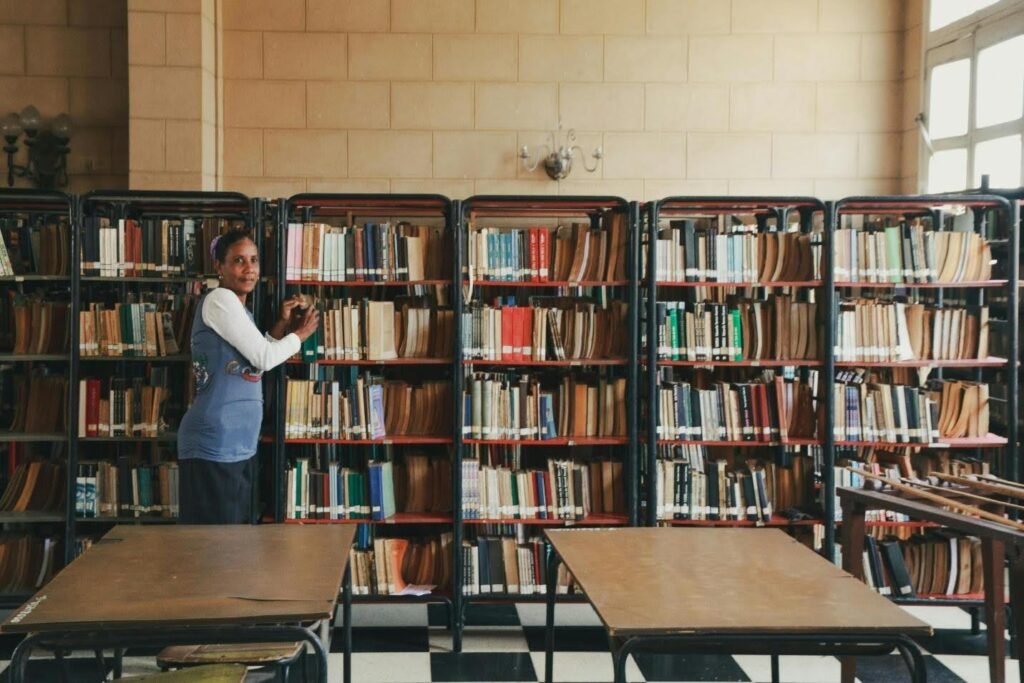
The current curriculum—rooted in the 1973 National Education Policy—encourages rote memorization over critical thinking and problem-solving (Republic Policy).
A lack of standardization across public schools, private schools, and madrassas creates learning disparities (Pakistan Gazette).
Solution: Develop a unified, modern curriculum that integrates STEM, entrepreneurship, digital literacy, and soft skills. Involve educators, employers, and communities to ensure relevance to the job market.
3. Elevating Teacher Quality & Professional Growth

Many teachers in Pakistan lack formal training or ongoing professional development (Educare PK). This directly impacts student performance.
Strategy: Introduce continuous professional development (CPD) programs focusing on modern teaching methods and digital tools. Increase salaries and benefits to attract top talent.
Example: Singapore’s teacher training model—where educators receive 100 hours of training annually—can inspire reforms.
4. Bridging the Gender Gap & Promoting Inclusive Education
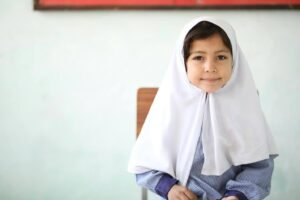
Pakistan has the second-highest number of out-of-school children globally, with girls disproportionately affected (Gender Gap in Pakistan – Wikipedia). Female literacy is around 45.8%, compared to 69.5% for males.
Barriers include poverty, cultural norms, safety concerns, and lack of facilities.
Recommendations:
– Offer scholarships and stipends to girls.
– Build female-friendly facilities (separate washrooms, secure campuses).
– Recruit more female teachers in rural areas.
– Run awareness campaigns to highlight the economic benefits of educating girls.
5. Strengthening Infrastructure & Closing Equity Gaps
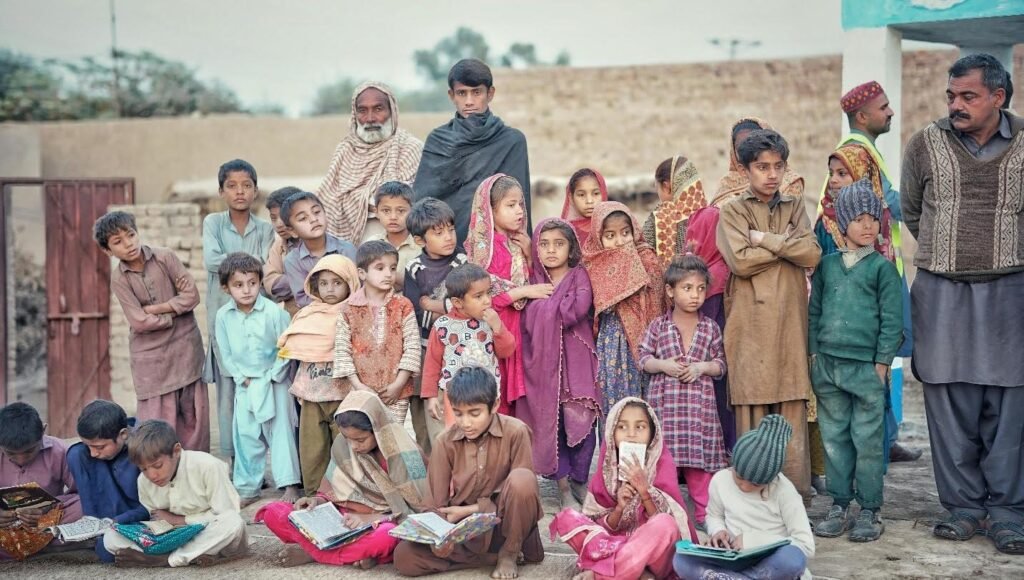
Many rural schools lack electricity, safe drinking water, functional washrooms, and even boundary walls (The Pakistan Gazette).
Action Ideas:
– Prioritize infrastructure upgrades in rural and underserved areas.
– Provide basic amenities in all schools.
– Use geospatial mapping to identify areas with the greatest infrastructure needs.
6. Integrating Technology & Expanding Digital Learning

Technology can bridge urban-rural education gaps. Programs like HEC’s partnership with Coursera offer 8,000+ free online courses to students. The Jazz Parho initiative provides data packages and apps for remote learning.
In 2024, Allied Corporation and Google signed a deal to locally manufacture 500,000 Chromebooks by 2025.
Action Plan:
– Distribute affordable devices in rural schools.
– Expand broadband coverage.
– Train teachers to use digital tools effectively.
7. Reinforcing Governance & Ensuring Accountability

Corruption and inconsistent policy implementation weaken education delivery. Political interference in hiring and mismanagement of funds is widespread (Transparency International Pakistan).
Measures:
– Establish independent oversight bodies.
– Use community monitoring committees.
– Set long-term education strategies beyond election cycles.
8. Ensuring Safety & Resilience in Education
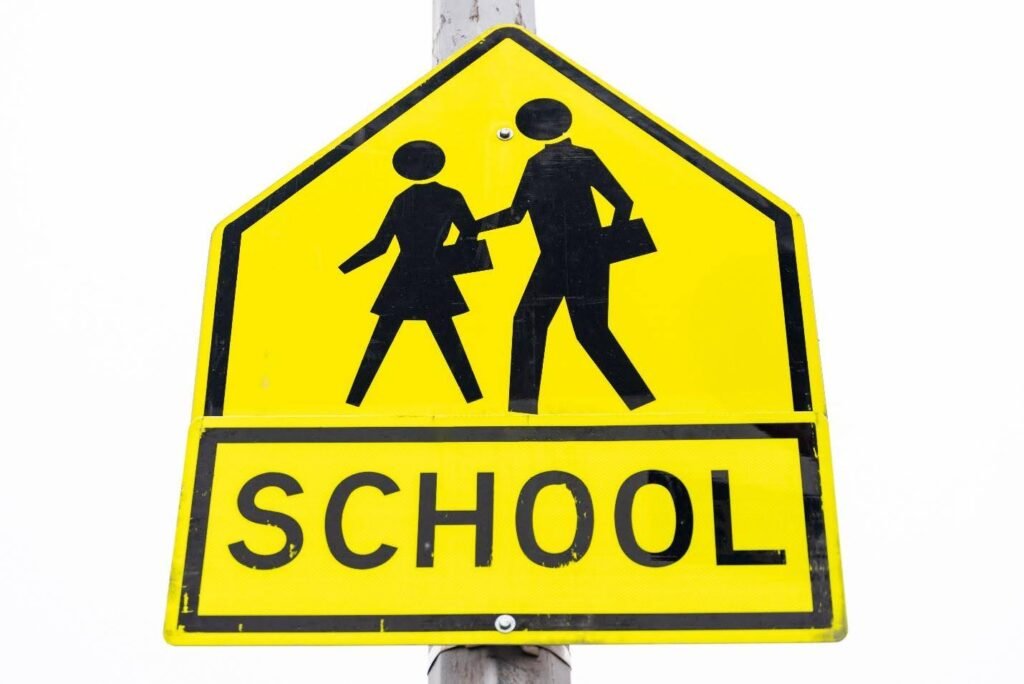
Security threats disrupt learning. In May 2025, a suicide bombing killed five, including three schoolgirls (AP News).
Strategies:
– Implement security protocols (trained guards, CCTV).
– Design school buildings with resilience in mind.
– Work with local communities to monitor safety.
9. Spotlight: The Sindh People’s School Program
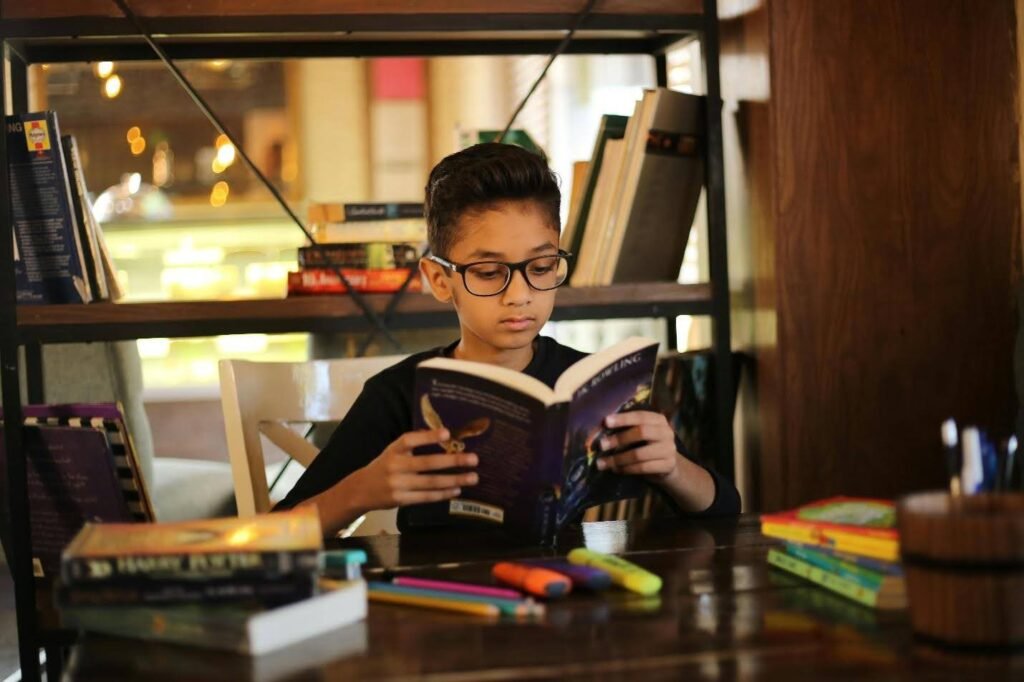
Launched in 2022 by the Sindh Education Foundation, the People’s School Program aims to enroll 300,000 out-of-school children into free, English-medium schools run by NGOs.
The program focuses on modern teaching methods, inclusive education, and community engagement—making it a model worth replicating nationwide.
Conclusion: A Collective Path Forward

To reform Pakistan’s education system, we must:
– Increase funding and strengthen PPPs.
– Modernize and unify the curriculum.
– Elevate teacher quality.
– Ensure gender equity.
– Upgrade infrastructure.
– Integrate technology.
– Improve governance.
– Guarantee safety.
If implemented with commitment and transparency, these steps could turn Pakistan’s education system into a global success story.
